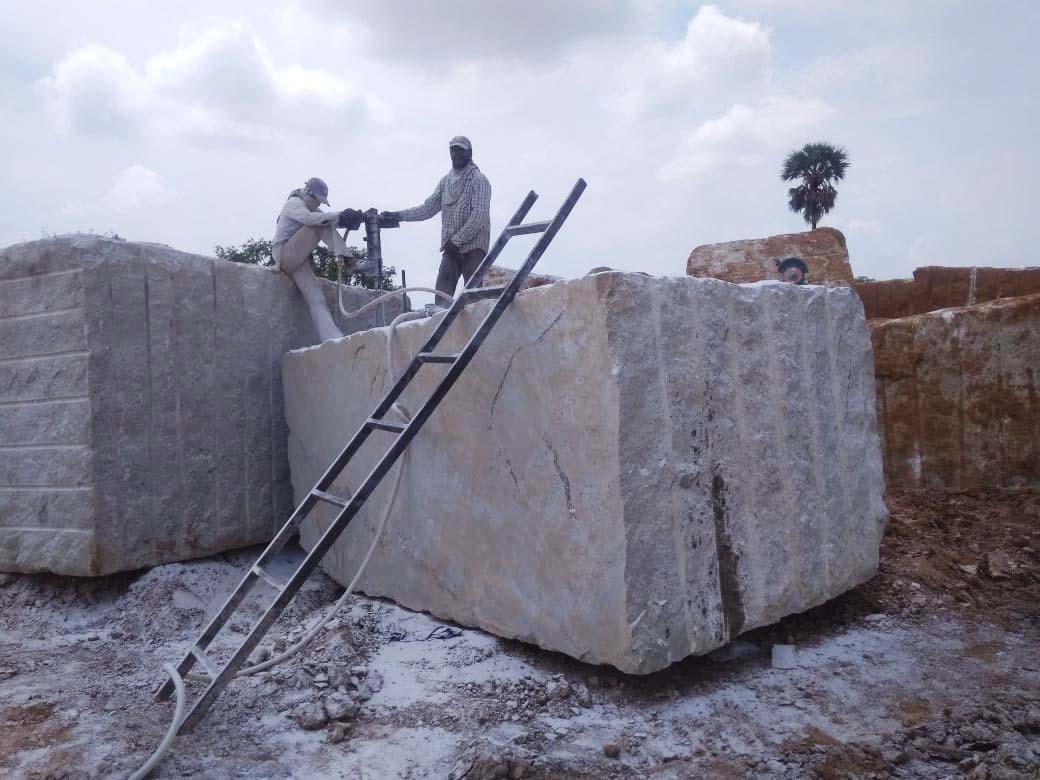Journeying Through Granite Quarries in South Africa: A Visual Odyssey
Journeying Through Granite Quarries in South Africa: A Visual Odyssey
Blog Article
Discovering the Rich Background and Lasting Practices of Granite Quarrying
As we base on the precipice of uncovering the complex tapestry of granite quarrying, a trip with time exposes not just the physical act of extracting stone but additionally the cultural and historical significance woven into the very fabric of this method. From the old origins that laid the structure for modern-day quarrying techniques to the sustainable methods that are forming the future of this sector, each carve mark on granite surfaces narrates waiting to be unearthed (granite quarries in south africa). The legacy of granite quarrying extends much past mere removal; it is a testament to human ingenuity, strength, and the long-lasting allure of this marvelous rock
Old Origins of Granite Quarrying
Dating back to ancient people, the technique of quarrying granite has actually been an essential part of human history and building improvement. The earliest proof of granite quarrying go back to old Egypt, where massive pyramids and elaborate sculptures were crafted from this long lasting rock. The Egyptians used primitive devices to remove granite blocks from quarries, showcasing the relevance of this product in their monumental constructions.
Progressing in history, the Greeks also made significant contributions to the quarrying of granite. The Greeks used granite in various architectural marvels, such as temples and statues, showing their ability in shaping and sculpting this sturdy rock. The Romans additionally fine-tuned the methods of quarrying granite, utilizing advanced tools like chisels and hammers to essence and form granite for their renowned structures.
Via the centuries, the practice of quarrying granite has advanced, with modern-day innovations improving performance while keeping the ageless appeal of this all-natural rock - granite quarries in south africa. From old civilizations to modern builders, the tradition of granite quarrying proceeds to form our globe
Advancement of Quarrying Methods
The evolution of quarrying methods has actually been noted by a continual progression towards better effectiveness and accuracy in extracting granite. Early quarrying methods entailed manual labor with standard tools such as blades, hammers, and wedges to remove granite blocks from the earth.
In more current times, the advent of equipment changed the quarrying industry, allowing much faster extraction rates and boosted performance. Technologies such as ruby wire saws, high-pressure water jets, and pneumatic drills have actually ended up being typical in contemporary quarries, enabling for accurate cutting and decreased waste. In addition, developments in computer-controlled devices and 3D modeling have actually optimized quarrying operations, resulting in very little environmental influence and improved sustainability practices. As the demand for granite remains to increase, the development of quarrying strategies continues to be integral to conference sector requires successfully and sustainably.
Cultural Significance of Granite
Granite holds an extensive social relevance across numerous human beings due to its enduring existence in building masterpieces and prized monuments. The social relevance of granite extends past its physical characteristics; it personifies durability, security, and timelessness, making it an icon of enduring heritages and traditions.

Lasting Practices in Quarrying
Among the rich background of granite quarrying and its social value exists a growing emphasis on sustainable methods within the industry. As environmental awareness and issues about visit homepage source exhaustion have enhanced internationally, the quarrying field has actually increasingly welcomed sustainable approaches to lessen its effect on the setting and surrounding areas.

In addition, recovery and recovery of quarry websites post-extraction are important to lasting methods. By bring back quarried areas to a natural or advantageous state, such as producing wildlife check out here habitats or entertainment rooms, quarriers can counter the ecological footprint of their operations and add favorably to the regional environment.
Tradition of Granite Quarrying
With a historical backdrop soaked in workmanship and industrial progress, what sustaining effect has granite quarrying left on the landscape of contemporary society? The heritage of granite quarrying goes beyond simple removal techniques; it has actually formed building marvels, urban landscapes, and social heritage worldwide. The long lasting nature of granite has made it a preferred selection for monoliths, buildings, and framework, standing as a testimony to the skill and virtuosity of quarry employees across generations.
In addition, the financial footprint of granite quarrying can not be forgotten. The market remains to give work opportunities and drive neighborhood economic climates in regions where granite removal is common. It has actually likewise stimulated technological advancements in quarrying strategies and equipment, bring about much more reliable and sustainable techniques.
In terms of sustainability, the tradition of granite quarrying consists of initiatives to reduce ecological influences through improvement tasks and responsible resource administration. By stabilizing economic interests with environmental stewardship, the sector aims to make certain that future generations can continue to benefit from this enduring all-natural source.
Verdict

Report this page